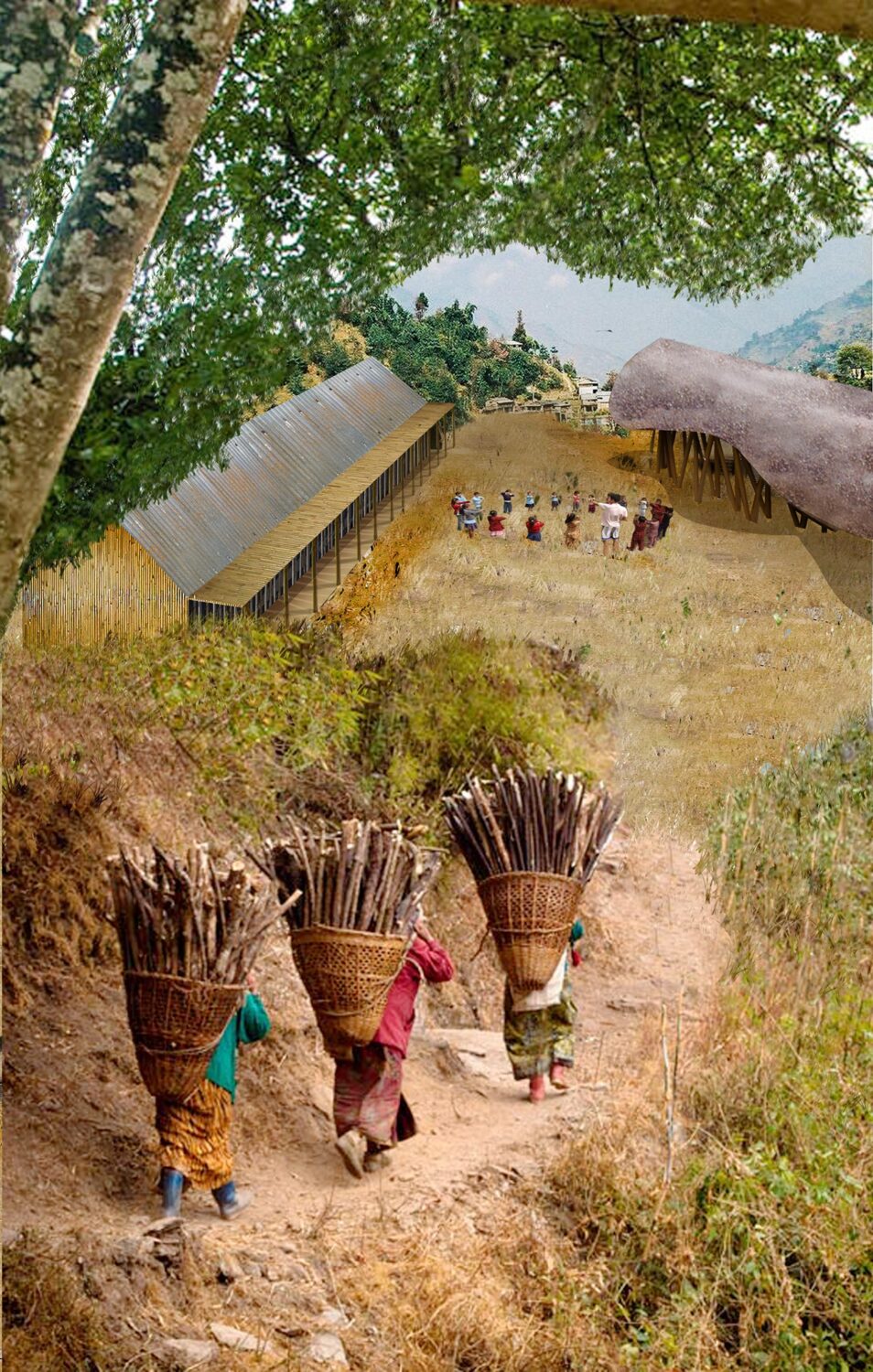Projects
Gogandanga and Kalapani Schools
Location: Gogandanga + Kalapani, Nepal
Partners: Concern Worldwide, Engineers Without Borders, RRN, NSET-Nepal
Year: 2015-Ongoing
The Nepal earthquake in April 2015 reached a magnitude of 7.8 on the Richter scale. Eight million people have been affected in Nepal – more than a quarter of the country’s population – the United Nations says. 2.8 people lost homes and needed humanitarian assistance. 1.1 million children needed assistance, and 7000 schools were damaged or destroyed.
Read More
They defined a strategy with specific materials and rules to rebuild schools. However in rural areas, the cost of those materials – bricks, cement, iron – is considerably higher than in urban areas, because of the distance and extremely complex geography of mountains. This fact makes it more difficult and expensive to rebuild these rural areas. We create a partnership with International NGOs; Concern Worldwide (Ireland), Engineer without Borders (Denmark) and local government; RRN (Rural Reconstruction Nepal) NSET-Nepal (National Society for Earthquake Technology). In this partnership we agreed to develop two pilot projects; Kalapani and Gogandanda where we would respect Nepal rules and increase the local community resilience, following principles as: These school pilot projects are a base to create a method of intervention in local communities in coordination with national governments. Our goal is to apply this system to other 15 school in Nepal in the same district Dolhaka and/or other countries. Because of the high cost of industrial materials in Dolahka district, we designed the two schools with local materials; Timber, bamboo, stones plus recycling the materials existing right now in the schools; corrugate metal sheet, iron roof trusses, doors, etc. By using this method, we aim to increase local economy, recover local technologies, and improve the local capacity for reaction in the next disaster; better resilience.


